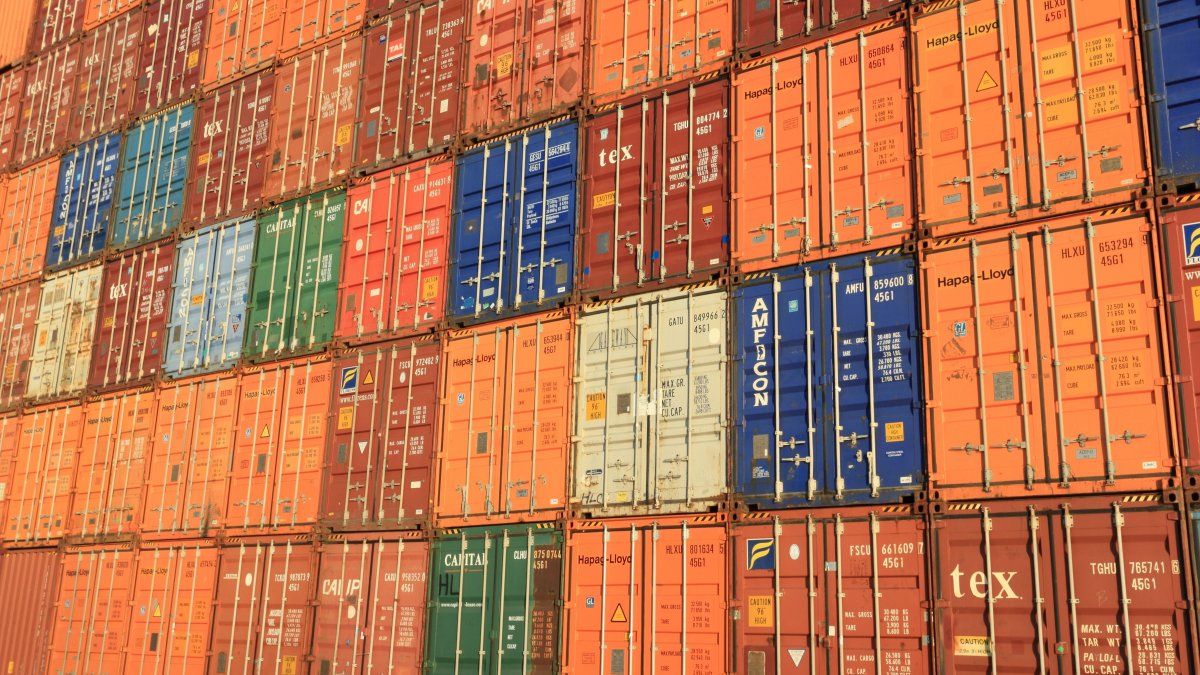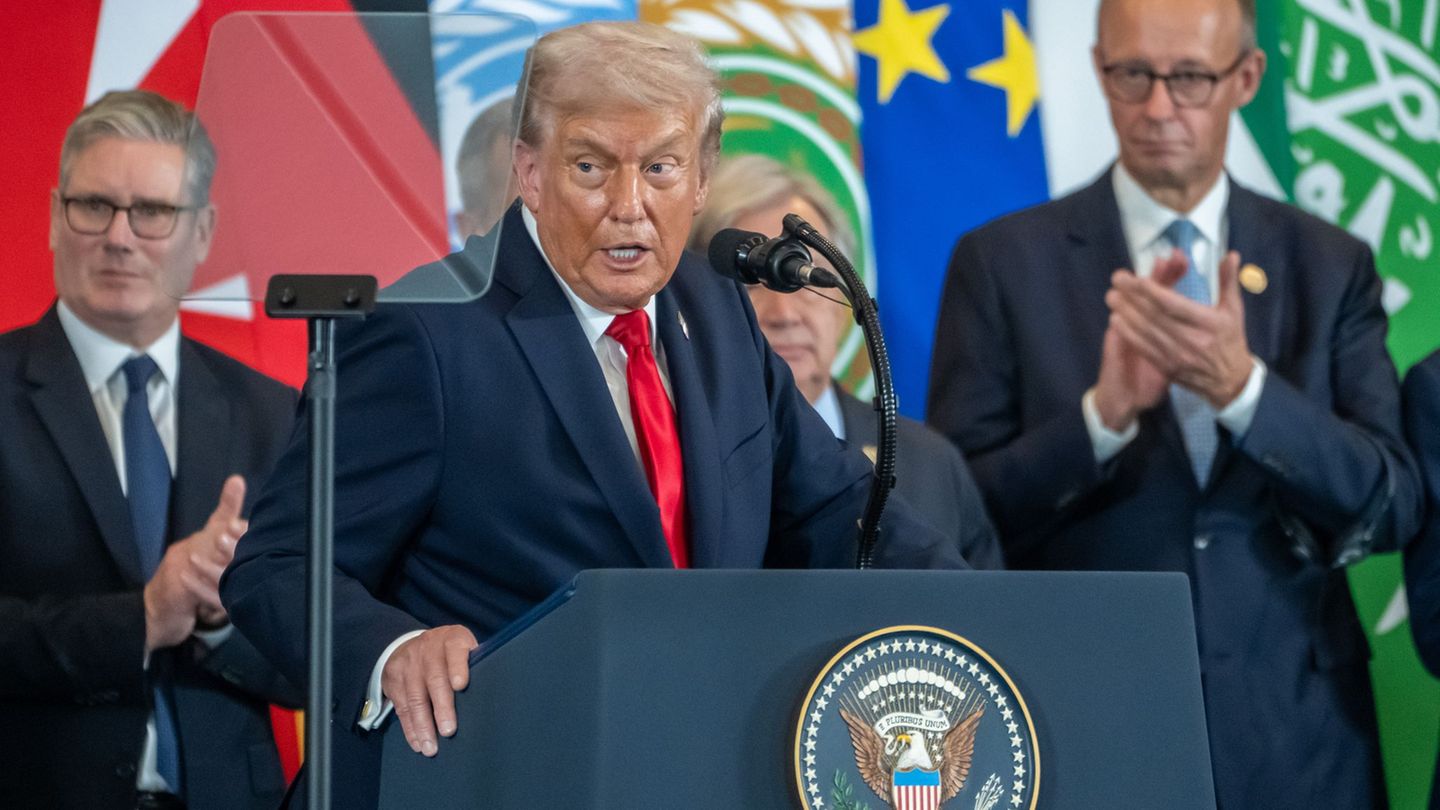The announcement was made within the framework of the Industry Day celebration, which took place in the city of Paraná, Entre Ríos. The event was organized by the Argentine Industrial Union (UIA) and had the participation of its owner, Daniel Funes de Riojaand the governor of the province, Gustavo Bordet. The authorization of import permits, known as SIRA (Sistema de Importaciones de la República Argentina), occurs in a context of concern of small and medium-sized businesses for the continuity of economic activity in the face of the lack of dollars and the multiple designated destinations for currency.
The details were provided by the Ministry of Domestic Trade to this medium. However, they clarified that the release is not widespread: “The minister referred to the pending SIRAS that were released in August. It is not that the system opens forward ”.
The imports will enable 7428 companies to continue producing and the required dollars will be around 700 million. Inputs brought from abroad will be intermediate and consumer goods. The key to unlocking these imports is in the accumulation of foreign currency last month: “August was the month that the Central Bank accumulated the most foreign currency since 2006. It was almost US$2,000 million,” Massa justified in front of more than 500 businessmen.
For Mauro Gonzalez, holder of the SME General Confederation, ad “unlocked a situation that was beginning to worry given the lack of inputs to continue with the level of activity and consequently maintain employment”. On this point, he warns that economic activity “will suffer so far this year if measures are not continued to strengthen consumption, productive financing with a subsidized rate and avoid an inflationary spiral”
Aldo Lo RussoSME entrepreneur, hopes that this measure “directly resolves” the delays, because in your case you have SIRAS without approval since July and some from June. The restrictions on the official dollar, according to the merchant, mean that in many cases “inputs are being charged in blue dollars and others are not delivered or paid for in dollars.” In this way, he believes that the last “rescuable” month that there will be in terms of activity will be September. “In October, with the electoral uncertainty, activity is going to drop a lot,” he assures.
Some numbers forecast the same scenario. According to him UIA Study Center, in June industrial activity registered both a fall of 0.3% in the interannual comparison and in the monthly series (2.3% seasonally adjusted). At the sectoral level, the disparity in performance persists, in line with what has been observed in recent months, although there began to be more sectors with a drop in production than those with an increase (8 out of 12 sectors registered drops). In turn, the FIEL Industrial Production Index (IPI) indicates an annualized fall of 2.5% between July of this year and the same month of the previous year and an accumulated decrease of 1% in the year.
For his part, Daniel Rosato, President of Industrial Argentine SMEs (IPA), sees that the economy “already fell in July and August and has to do with the purchasing power of workers.” However, he celebrates that with the new measures “this is going to rebuild and stabilize the market”, but with a stoppage until November. “Price agreements are essential. There are prices that have risen and then fell back by up to 15%. That is a good sign”, highlights the leader. In any case, he agrees that an inflationary component is the distortion of prices in the purchase and sale of inputs: “The issue is when the client does not accept the payment terms at 30, 90, or 180 days, because he does not know with what dollar is going to pay”.
Source: Ambito




